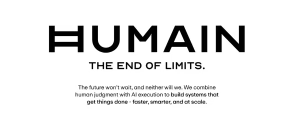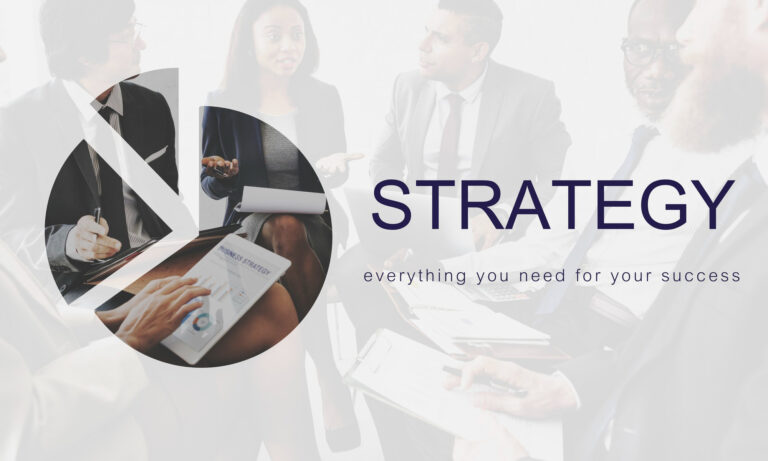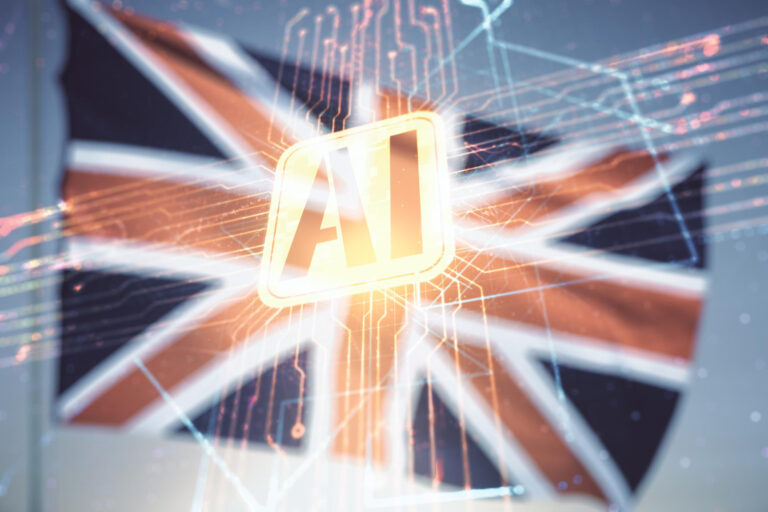Copyright Lawsuits Escalate as AI Shakeups Hit Google, Meta & Apple
The artificial intelligence revolution continues its relentless march, not only through groundbreaking technological advancements but also through a complex web of legal challenges, strategic corporate maneuvers, and significant shifts across various industries. From the courtroom battles over copyright infringement to multi-billion dollar investments and the re-evaluation of established business models, AI is undeniably the driving force behind the most compelling narratives in tech today.
Legal Battlegrounds: Copyright in the AI Landscape
One of the most anticipated legal clashes in the AI space has officially begun: Disney and Universal are suing Midjourney, a prominent AI image generator. The lawsuit, a first of its kind from major Hollywood players, alleges that Midjourney has “stolen countless” copyrighted works, including iconic characters like Homer Simpson, Shrek, and Darth Vader, to train its AI engine and produce unauthorized copies. The 110-page complaint, filed in a U.S. district court in Los Angeles, includes visual examples demonstrating the striking resemblance between Midjourney’s outputs and the plaintiffs’ protected characters.
AI vs. Copyright: Where the Law Stands
This legal action underscores a critical and evolving debate: how does existing copyright law apply to generative AI that learns from vast datasets, often containing copyrighted material, without explicit permission? The plaintiffs argue that Midjourney functions as a “virtual vending machine” for plagiarism, generating images of protected characters without proper licensing. This case follows a growing trend of copyright infringement lawsuits against AI companies, including those against OpenAI, Microsoft, and Stability AI by entities like The New York Times and Getty Images, as well as by numerous artists. These cases highlight a critical tension, forcing courts to grapple with new interpretations of “fair use” and “transformative use” in the context of AI-generated content.
Midjourney, a platform with an estimated 20 million registered users, has yet to publicly comment on the lawsuit.
Corporate Realignments: Google, Meta, and Apple’s AI Playbooks
The strategic imperative of AI is also driving significant internal shifts within tech giants.
Google’s AI-Driven Workforce Reshuffle
Google is reportedly offering voluntary buyout packages to some U.S. employees across specific departments. This move is widely interpreted as a strategic effort to reallocate resources and accelerate its AI development. While Google has allocated a substantial $75 billion towards AI infrastructure this year, these buyouts represent a more granular approach to workforce realignment. Notably, critical AI-focused divisions such as DeepMind, Google Cloud, YouTube, and central ad sales are excluded from these offers, signaling their continued importance in Google’s AI ambitions. This initiative aims to streamline operations and foster innovation.
Meta’s Superintelligence Gamble
Meta is reportedly making a substantial $14.3 billion investment in Scale AI, a company renowned for its data annotation and model evaluation services for AI training. This investment, which values Scale AI at $29 billion, is Meta’s second-largest after its $19 billion acquisition of WhatsApp. As part of the deal, Alexandr Wang, Scale AI’s founder and CEO, will reportedly join Meta to lead its nascent “Superintelligence lab.” This move aligns with Meta CEO Mark Zuckerberg’s reported personal oversight of a new team aimed at achieving AI superintelligence. While Meta will hold a 49% stake in Scale AI, the companies have structured the deal to ensure Meta has limited control over Scale’s operations, potentially to avoid regulatory scrutiny.
Is Apple Falling Behind?
At its recent Worldwide Developers Conference (WWDC), Apple unveiled a suite of new software features, including an AI-powered Shortcuts app and enhancements to Siri. However, despite these introductions, Apple is still widely perceived to be lagging behind competitors in the overall AI race. While Apple emphasizes on-device processing and user privacy, competitors like Google and Samsung have aggressively integrated more advanced, often cloud-based, generative AI capabilities into their products. Analysts note that Apple’s Siri, while capable of basic commands, still falls short in natural conversational abilities compared to rivals like ChatGPT and Google Assistant. The company’s “Apple Intelligence” messaging at WWDC was reportedly scaled back, with a stronger focus on design and existing functionalities rather than groundbreaking AI breakthroughs. A recent CNET survey indicates that only 11% of US adults upgrade their phones for AI features, suggesting a potential disconnect between consumer demand and the industry’s rapid AI push.
AI’s Expanding Footprint: Partnerships, Industry Adoption, and Media Challenges
The ripple effects of AI are being felt across diverse sectors, fostering new collaborations and presenting novel challenges.
Nvidia’s European AI Push
Nvidia is actively collaborating with Perplexity to enhance AI capabilities in Europe. Perplexity, known for its AI-powered search and answer engine, stands to benefit from Nvidia’s leading AI hardware and software infrastructure, potentially accelerating the development and deployment of advanced AI models across the continent. In another significant European partnership, L’Oréal is leveraging Nvidia’s technology to advance its AI initiatives in the beauty sector. This collaboration aims to unlock AI’s potential across various aspects of beauty, from scaling 3D digital rendering of products for marketing campaigns to developing AI-powered beauty matchmakers like “Noli.” L’Oréal’s “CREAITECH” platform, which uses generative AI for content creation, is set to scale its 3D capabilities using the NVIDIA AI Enterprise platform, enabling more creative and hyper-scalable campaigns.
AI in Manufacturing: A Sector Transformed
A recent study indicates a significant increase in AI adoption within the manufacturing sector. Roughly 80% of manufacturers are either investing in or planning AI implementation, with 40% considering AI and automation their top digital transformation priority. The adoption of AI in manufacturing is primarily focused on enhancing efficiency, optimizing production (31%), improving customer service (28%), and streamlining inventory management (28%). While challenges in integration persist, the industry is increasingly embracing AI to harness vast amounts of data, gain valuable insights, and automate routine tasks, particularly in areas like predictive maintenance and quality control.
News Organizations Grapple with AI’s Impact
The emergence of Google’s new AI tools, including AI Overviews and chatbot-style AI Mode, is presenting significant challenges for news organizations, potentially impacting their traffic and revenue. As users increasingly turn to AI chatbots for quick answers, the need to click through to original news sources is diminishing. For example, search traffic to Business Insider’s media empire reportedly fell by a staggering 55% between April 2022 and April 2025. This shift from a “search engine” to an “answer engine” is forcing news outlets to rethink their strategies, with some, like The New York Times, resorting to legal action over copyright infringement. While Google asserts its overall search volume is increasing, the impact on publishers’ direct traffic and ad revenue remains a pressing concern, raising questions about the future sustainability of digital journalism.
AI-Powered Tools for Enhanced Efficiency
Across various industries, specialized AI-powered tools are emerging to boost efficiency and insight:
- Captiv8 and Perplexity in Influencer Marketing: Captiv8 has integrated AI-driven features into its influencer marketing platform using Perplexity’s models. This collaboration streamlines creator vetting, enhances brand safety, and provides real-time insights, allowing marketers to ask natural language questions like “Which creators over-index with Gen Z in France?” and receive immediate, data-backed answers.
- Meltwater’s AI for Media Monitoring: Meltwater has released new AI-powered features for media monitoring, enabling businesses to gain deeper insights from traditional news and social media. Their tools offer advanced sentiment analysis, image search capabilities with visual enrichments (including OCR, logo recognition, and emotion detection), and automated reporting, providing a 360-degree view of brand health.
- Talkdesk Express for Small Business Customer Service: Talkdesk has launched Talkdesk Express, an enterprise-grade customer service solution for small businesses with up to 50 employees. This affordable and intuitive platform includes AI-powered features such as natural language routing (Talkdesk Navigator™) for intelligent customer call direction and a real-time AI assistant (Talkdesk Copilot™) that supports agents and automates administrative tasks.
New AI Model Releases
The rapid pace of AI model development continues with significant updates from leading players:
- Google’s Gemini 2.5 Enhancements: Google has introduced updates to its Gemini 2.5 model series, including an experimental enhanced reasoning mode called “Deep Think” for Gemini 2.5 Pro. This mode uses new research techniques to enable the model to consider multiple hypotheses before responding, designed for highly complex use cases like math and coding. Gemini 2.5 Flash is also now generally available in Vertex AI, with 2.5 Pro following soon after.
- Runway’s Gen-3 Alpha for Video Generation: Runway has released a new Gen-3 Alpha model for AI video generation. This iteration aims to provide users with more control and higher fidelity in creating AI-generated videos, further pushing the boundaries of what’s possible in creative content production.
Navigating AI’s Transformative Tide
The current landscape of artificial intelligence is characterized by both immense promise and profound challenges. From the legal complexities of copyright in a generative AI world to the strategic recalibrations of tech titans and the integration of AI into diverse industries, the impact is undeniable. While companies like Google and Meta are making aggressive investments and internal adjustments to solidify their AI leadership, others like Apple are taking a more measured, albeit sometimes criticized, approach. Meanwhile, the legal system and established industries, particularly media, are grappling with the disruptive force of AI and seeking new frameworks for co-existence.
As courts begin to define legal boundaries for generative AI, companies may need to adopt “clean datasets” and secure proper licensing to survive the next wave of regulation. This period marks a critical juncture where innovation must align with evolving legal and ethical considerations, shaping the very foundation of the AI-powered future.












